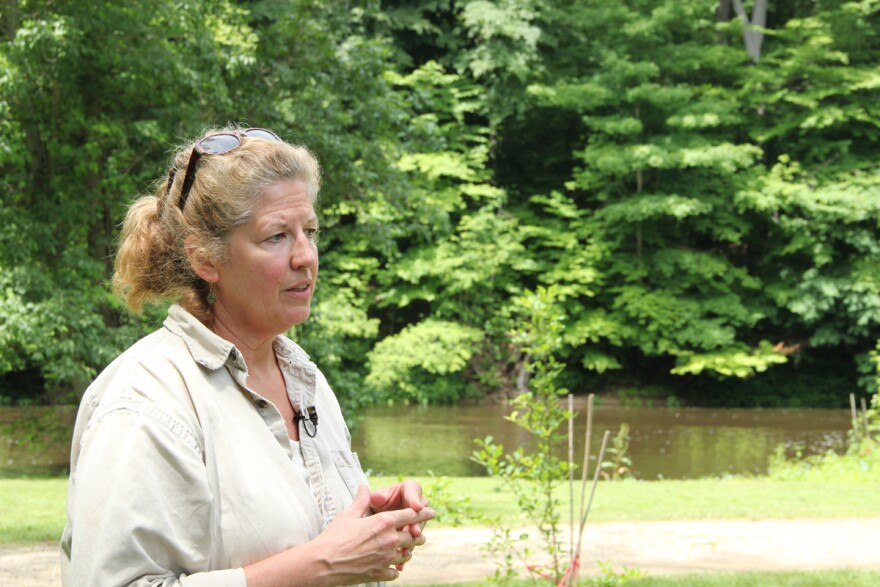The headwaters of the Cuyahoga River run smooth and pudding-brown; warblers dart through flooded underbrush, and the canoe I'm in travels swiftly and silently downstream.
This river, an icon of the modern environmental movement, is perhaps most famous for catching fire multiple times in the 1960s and catalyzing the series of environmental protections the U.S. Congress passed in that era. It's now mostly clean, and serves as a symbol for another environmental problem -- the potential risk the natural gas boom poses to clean water in Ohio and other states experiencing a rush of energy activity.
Colorado, of course, is one such state. Even though water out West is far scarcer than in these Eastern states, residents in both places consider it precious.
In my last post, sent from a journey I'm on back East learning about drilling and energy in this region, I wrote about concerns residents have about the solid waste produced by the drilling process. As I learned today, drilling generates a whole lot of liquid waste as well.
That waste, as it is transported and disposed of, also has the potential to contaminate water, activists say. In a recent case in Ohio, a wastewater hauler was prosecuted for illegally dumping drilling wastewater -- which can be radioactive and contain heavy metals -- down a sewer hole.
Liquid waste produced by drillers is usually transported, mostly by truck, to what are referred to as Class II injection wells. These are wells drilled for the specific purpose of holding the waste products of oil and gas. The idea is to take the nasty stuff that comes out of the many wells drilled to produce energy, take it a few miles away to an injection well, and essentially put it back where it came from -- deep in the ground.

When this is done well, regulators say, it's the safest way to dispose of such substances. Storing it on the surface causes its own problems with potential leaks or spills during disasters like quakes and floods.
Robert Worstall, deputy chief of Ohio's Department of Natural Resources Division of Oil and Gas, said one of his agency's primary objectives in their regulation of oil and gas is to protect water supplies and water sources. To do so, his group focuses on injection well construction.
"We have always felt if a well is constructed properly the likelihood of any impact is greatly, greatly diminished," he said.
That's because with proper cementing in the top part of the well, around water supplies, the waste injected into the well has almost no chance to get into groundwater, said Bob Barnett whose company American Energy Inc. manages injection wells.
But even well-constructed injection wells can still run into problems. On New Year's Eve in 2011, Youngstown, Ohio experienced a magnitude 4.0 earthquake, part of a series of quakes later linked to an injection well. That well was since shuttered, and the Ohio
Another issue, said Kathryn Hanratty, of the People's Oil and Gas Collaborative in Ohio, is simply the risk of accidents, spills, and malfeasance as dangerous waste is trucked about.

In 2013, the state took in about 16 million barrels of produced water for disposal in injection wells, and about half that was trucked in from other states.
"Our water is far more precious than even 100 years worth of fuel," Hanratty said.
Youngstown State University geologist Jeffrey Dick also cited the spill risk as an issue. Contrary to the fears about fracking polluting water, as popularized by the movie Gasland, he said contamination from leaks and spills of drilling waste as it is transported is a much bigger concern.
A lot of the opposition to energy development in Colorado has focused on fracking, with five Front Range communities passing bans or moratoriums on the process. But as I've learned on this trip, the pollution concerns extend far beyond the actual fracking process.
Editor's Note: Reporter Stephanie Paige Ogburn traveled in Pennsylvania, New York and Ohio on an Institute for Journalism & Natural Resources fellowship to see the effects of the energy boom in the east first hand. Her dispatches compare the boom there, with the boom right here in Colorado. You can follow Stephanie on Twitter, @spogburn.







